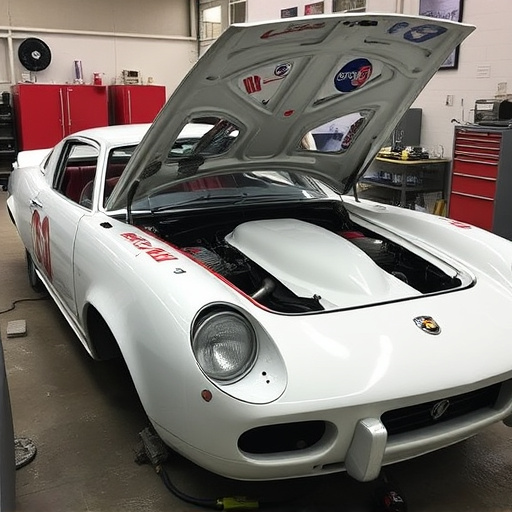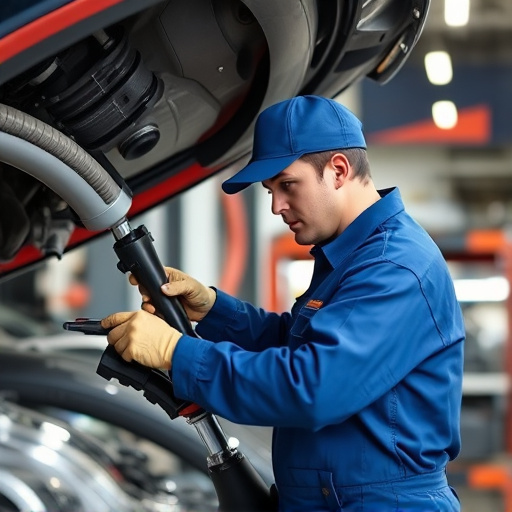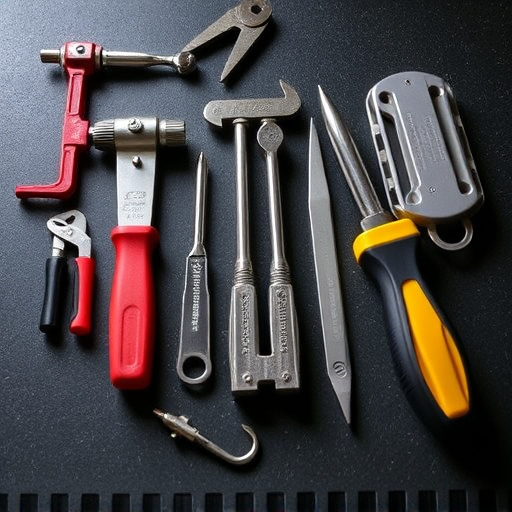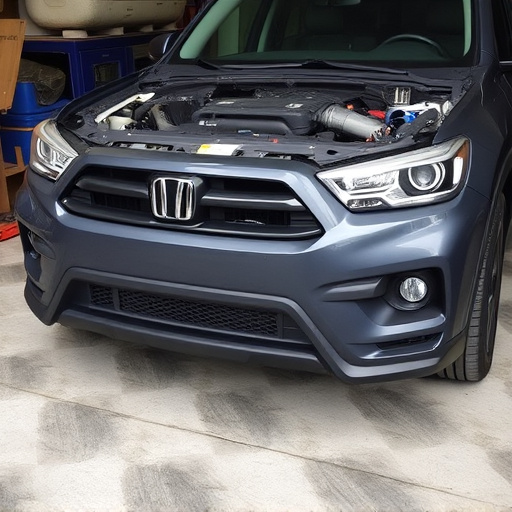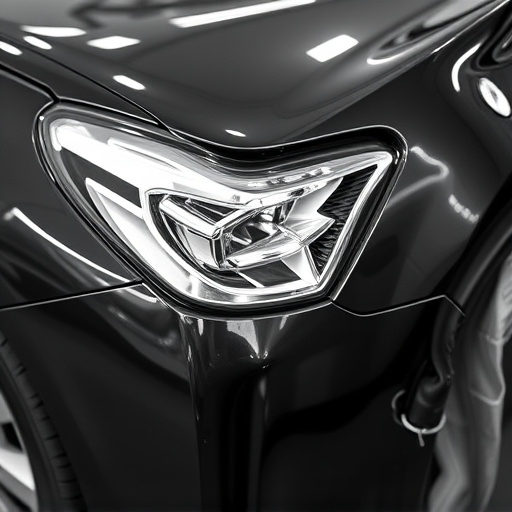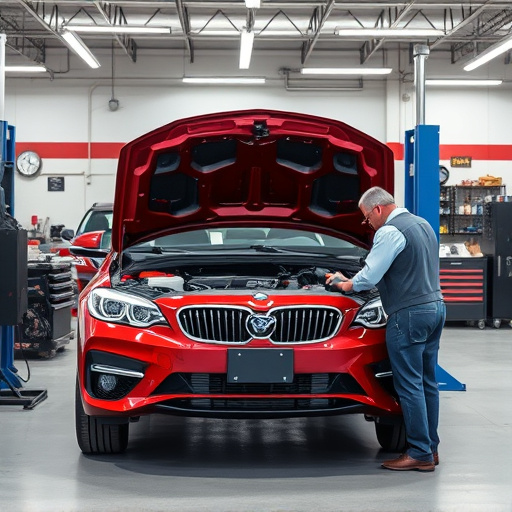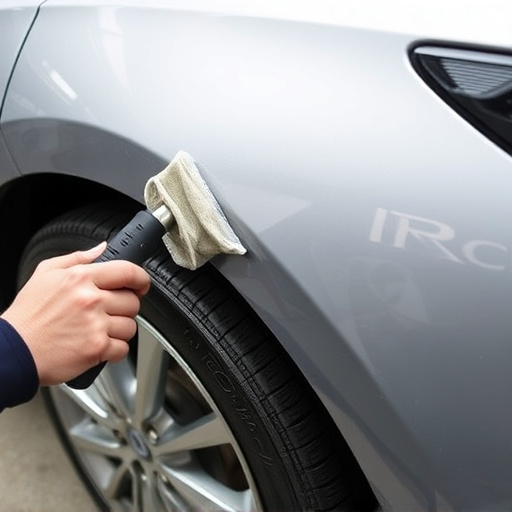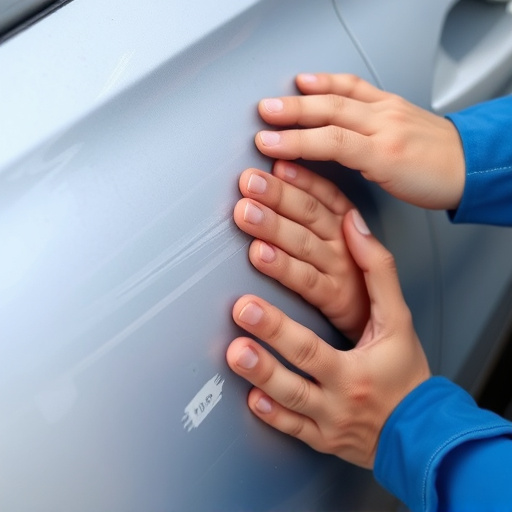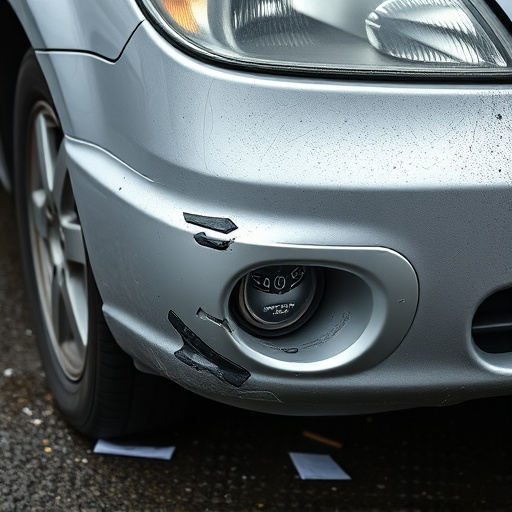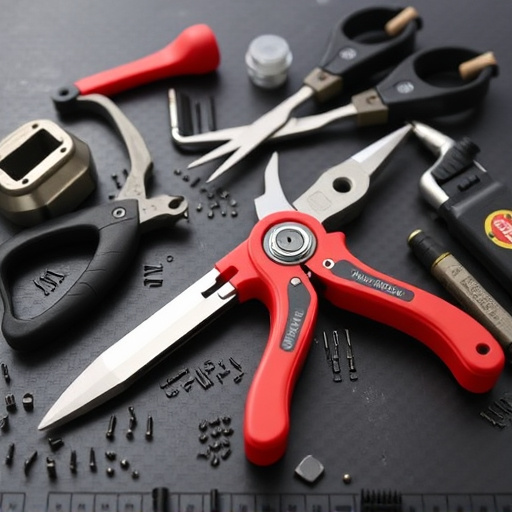Classic car restoration is a meticulous art that breathes new life into historical vehicles, combining mechanical expertise with artistic precision. Skilled restorers transform old cars into pristine masterpieces by repairing, replacing, and repainting components while preserving their original vintage design. This process not only restores functionality but also captures the essence of automotive history, making each restored classic a testament to cultural heritage. Key challenges include sourcing rare parts and maintaining design integrity, highlighting the vital role of expert technicians in keeping these iconic vehicles relevant and inspiring innovation in auto body restoration.
Classic car restoration is a meticulous art that breathes new life into vintage vehicles. This historical preservation process involves not just repairing but accurately recreating the original condition of a classic car, piece by piece. From meticulously examining old parts to crafting new ones, every step demands precision and passion. Beyond fixing an old vehicle, restoration offers owners a unique bond with automotive history, ensuring these timeless machines remain driving testaments of the past.
- Understanding Classic Car Restoration: A Historical Preservation Art
- The Process: From Old to New, Step by Delicate Step
- Benefits and Challenges: Why It's More Than Just Fixing an Old Vehicle
Understanding Classic Car Restoration: A Historical Preservation Art
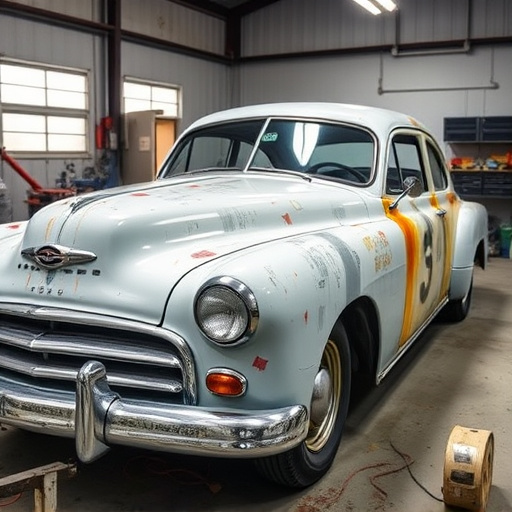
Classic car restoration is an art that transcends mere vehicle repair. It’s a meticulous process driven by a deep love for history and a passion for preserving past automotive glories. Every classic car, with its unique design and craftsmanship, tells a story of another era, making restoration not just about fixing parts but about revering and recreating the original beauty and function. This delicate balance requires skilled artisans who understand the intricate details and materials used in earlier times, from vintage engines to hand-applied paint jobs and bespoke interiors.
The process involves much more than car body repair; it encompasses a range of specialized services including meticulous cleaning, precise mechanical overhauls, and even sourcing or replicating original components. Auto body shops specializing in classic car restoration often offer tailored car paint services to ensure every curve and contour matches the exact specifications of the vehicle’s vintage design. This level of dedication ensures that each restored classic car not only functions like new but also captures the essence of its historical significance, becoming a rolling testament to automotive history.
The Process: From Old to New, Step by Delicate Step
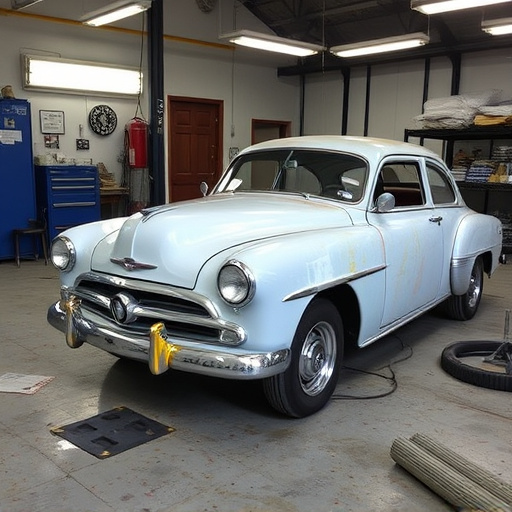
The journey from old to new in classic car restoration is a meticulous and artful process that demands precision and patience. It begins with a thorough inspection of the vehicle, identifying every crack, dent, and rust spot that needs attention. This initial step is crucial as it sets the foundation for the rest of the restoration.
The next phase involves disassembling the car, piece by delicate piece. From engine components to interior trim, each element is carefully taken apart for assessment and repair or replacement. Auto painting plays a significant role here, with expert technicians meticulously matching and repainting parts to ensure they blend seamlessly with the restored original. Once every component is ready, skilled restorers reassemble the car, restoring its former glory one step at a time, until it becomes a testament to meticulous craftsmanship in Mercedes Benz repair and car body restoration.
Benefits and Challenges: Why It's More Than Just Fixing an Old Vehicle
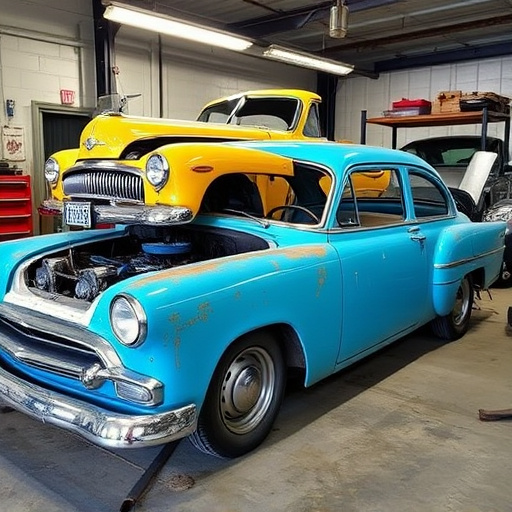
Classic car restoration goes beyond simply fixing an old vehicle; it’s a meticulous art form that breathes new life into historical automotive treasures. The process involves not just repairing mechanical parts but also meticulously restoring exterior and interior elements to their original condition or even enhancing them with modern upgrades while preserving the car’s vintage appeal. This multifaceted approach makes classic car restoration a specialized craft, demanding skilled technicians who understand the unique challenges posed by older vehicle models.
One of the primary benefits is the ability to preserve cultural heritage. Many classic cars hold historical and sentimental value, and their restoration ensures these icons remain part of our automotive landscape. Moreover, it creates a platform for innovation in auto body restoration techniques, such as precise panel beating to fix dents (auto body restoration), expert painting to match vintage colors, and even incorporating modern safety features while maintaining the car’s classic aesthetics. However, challenges include acquiring rare parts, staying true to the vehicle’s original design, and addressing potential structural weaknesses that may have developed over time, similar to issues in automotive collision repair.
Classic car restoration isn’t just about fixing old vehicles; it’s a meticulous art that preserves historical legacy. By meticulously recreating or enhancing original features, restorers give new life to treasured classics, ensuring their place in automotive history. This specialized craft combines skill, knowledge of vintage materials and techniques, and an unwavering dedication to detail. As classic cars continue to captivate enthusiasts worldwide, restoration plays a pivotal role in keeping this unique aspect of our cultural heritage vibrant and accessible for future generations.
